This interview is part of Touchpoint Vol. 10 No. 3 - Managing Service Design Discover the full list of articles of this Touchpoint issue to get a sneak peek at more fascinating articles! Touchpoint is available to purchase in print and PDF format.
For this edition of the Touchpoint Profile, Editor-in-Chief Jesse Grimes followed up with Anna-Sophie Oertzen after meeting at an event in Amsterdam, to learn more about how her research into the value of co-creation can enlighten service designers. Anna-Sophie is currently employed by the Köln International School of Design (KISD) at the TH Köln and enrolled as a PhD Candidate at the School of Business and Economics at Maastricht University. She is also a Research Fellow with the Service Design for Innovation Network (SDIN), a Marie Curie training project of the European Union’s Horizon 2020 Research and Innovation Programme.
Jesse Grimes: You've chosen to dive deeply into one of the main techniques of service design for your thesis: co-creating services. What interests you about this topic?
Anna-Sophie Oertzen: Let me start with a brief look into the past. The participation of users in provider activities has been around for decades; for instance, people going to the supermarkets, collecting their food, paying at the check-out counter, and taking their food home, is a form of participation in the provider’s activities. During this time, users were regarded as “partial employees”, improving the productivity of providers. With the start of the twenty-first century, the mindset around user-provider collaboration began to change. Instead of instrumentalising users for productivity gains during service delivery, they became more active collaborators during earlier and later phases of the service process. Today, this active collaboration is often termed co-creation and is recognised as the next frontier of competitive strategy.
I find it really interesting that an industrial practice confined to the service delivery and steered by providers, has transformed into a much broader application that includes innovation activities to conceptualise and design services and is increasingly demanded by users. We have witnessed the changing role of users from passive and isolated to active, informed, and connected. To satisfy the changing requirements of users, providers are forced to re-examine the traditional system. Products and services can no longer be seen in isolation, but to succeed, they need to be viewed as part of the larger ecosystem. Offerings cannot be “pushed” onto the market, but they have to be “pulled” by users. Providers no longer act autonomously, but have to integrate the user’s voice. I like to believe that one of the keys for this on-going transformation that has to serve the needs of users, providers, and society, is co-creating services together with different actors.
Several weeks ago we had the chance to meet at an SDN Netherlands Chapter event, in which you shared some of your insights so far and ran a workshop for attendees. Do people share your views on co-creation, or see it differently? What were some of your key takeaways from the workshop?
Together with my co-facilitators, Birgit Mager and Gaby Odekerken-Schröder, we had a fantastic time with a very active crowd during our co-creation event in Amsterdam! Most people agreed that co-creation is essential in order to put the user at the centre of attention. However, in design, co-creation efforts are focused often only on the innovation activities of a new offering. In my view though, service co-creation has the potential to be widely applied across different situations and contexts. Co-creation exists in different actor constellations, for instance in C2C, B2B, or B2C contexts, and also across industries in the public and private sectors. It spans ideation activities in earlier phases of the service process (e.g., co-ideation and co-valuation), design activities (e.g., co-design and co-test), implementation activities (e.g., co-launch), and also later phases of the service process, such as delivery activities (e.g., co-production and co-consumption). In this sense, co-creation and service design are like two peas in a pod - they are complementary through their holistic, contextual, and iterative nature.
Some key takeaways from the workshop were that participants’ mindset, motivation, and individual experience influence their engagement in co-creation; however, factors relating to the facilitator and the physical context are equally important. During the workshop, we also crafted personas that are prone to engage in co-creation and some that are less receptive. Generally, we found that people likely to engage in co-creation are considered to be open, curious, social, and oriented towards teamwork, while people less likely to engage in co-creation are described as risk-averse, analytical, clarity-needing, and experts in a specific field. Interestingly, the findings from the workshop also point towards a tendency of young and female participants being more likely to engage in co-creation - I will leave that open for discussion!



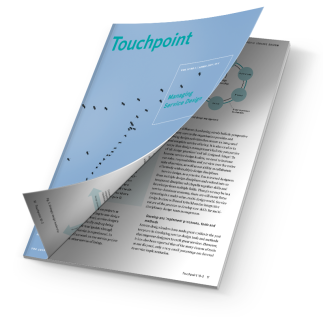
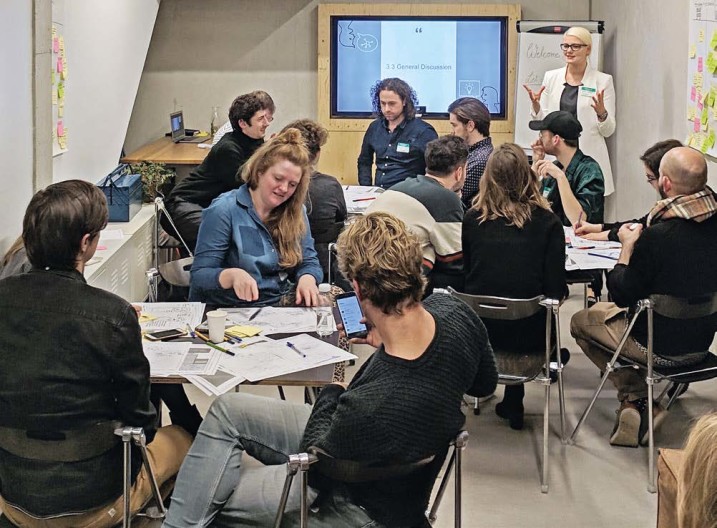

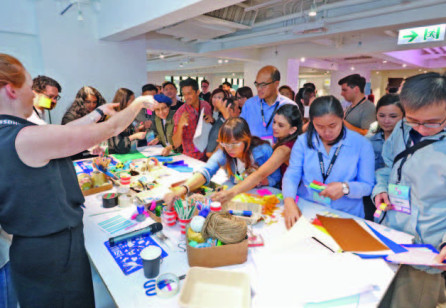
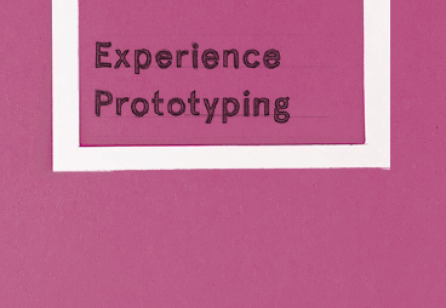
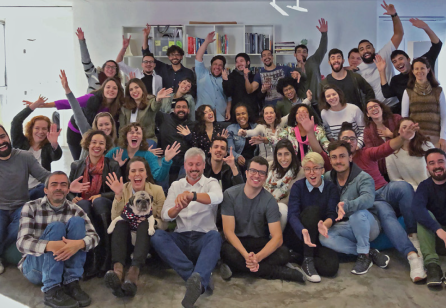

Share your thoughts
0 RepliesPlease login to comment